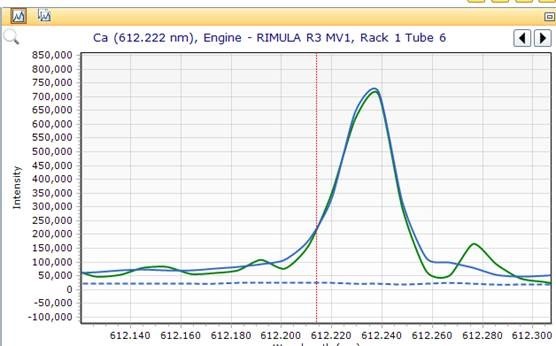Hello Agilent Community,
we would like to measure some organic samples (fuels). We neeed the wavelength calibration solution for the organic samples. But on your Internet I did not find for organic. Could you tell me, which one should I order? Thank you very much.
Best regards,
Sophia

